Here's how the passenger pigeon went from billions to extinct in just 50 years
The passenger pigeon's demise is a dark example of humanity's effect on the environment. How could such a numerous species be wiped out of existence within half a century?

They were so successful, they lived just about everywhere in North America and migrate in incredible numbers.
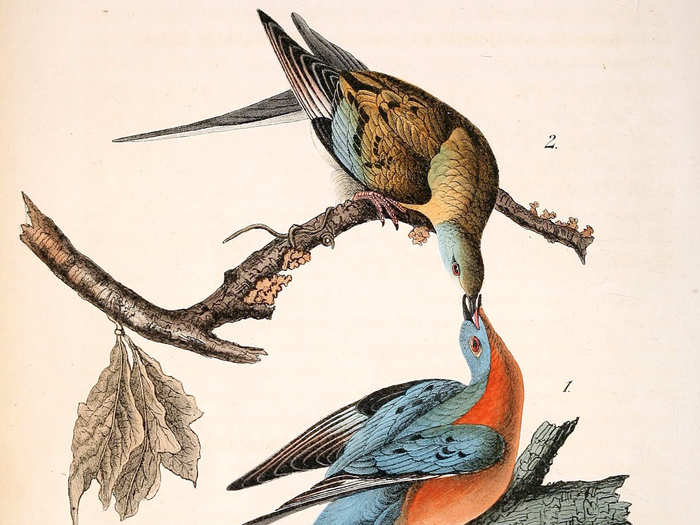
One flock that passed through southern Ontario in 1866 was estimated to include over 3.5 million pigeons. The cloud of birds blocked the sun and took 14 hours to pass.
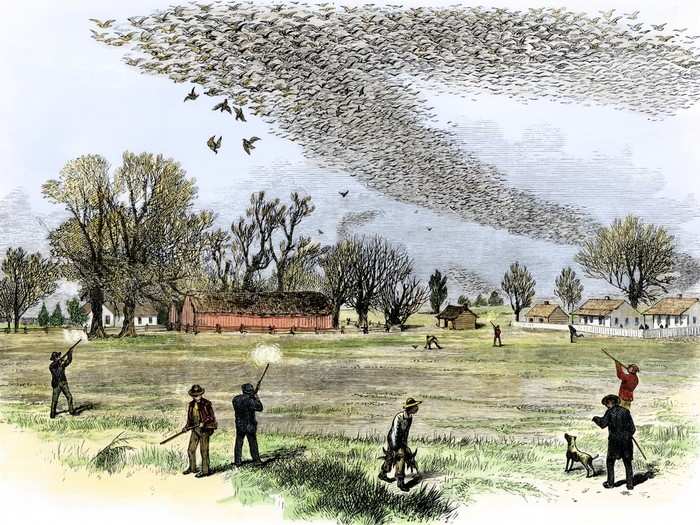
Source: "Once There Were Billions" by Jerry Sullivan
During migration, rain or other environmental signals caused enormous groups of the pigeons to break off and form enormous communal roosts.
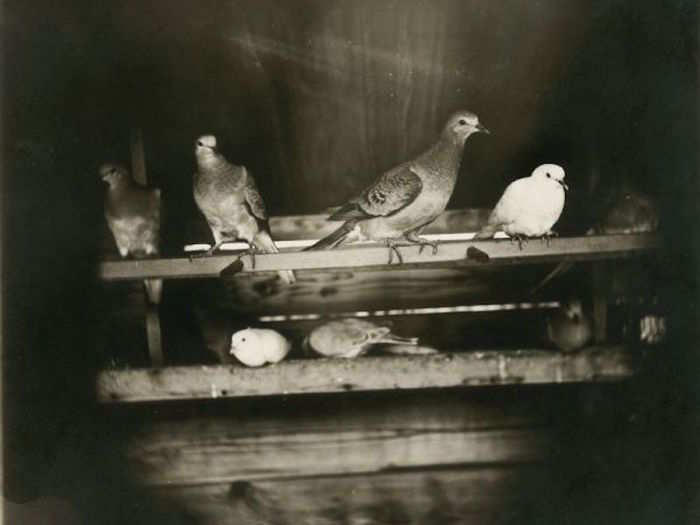
The birds raised their chicks using cooperative breeding, where parents as well as other "helpers" in the flock worked to rear the young.
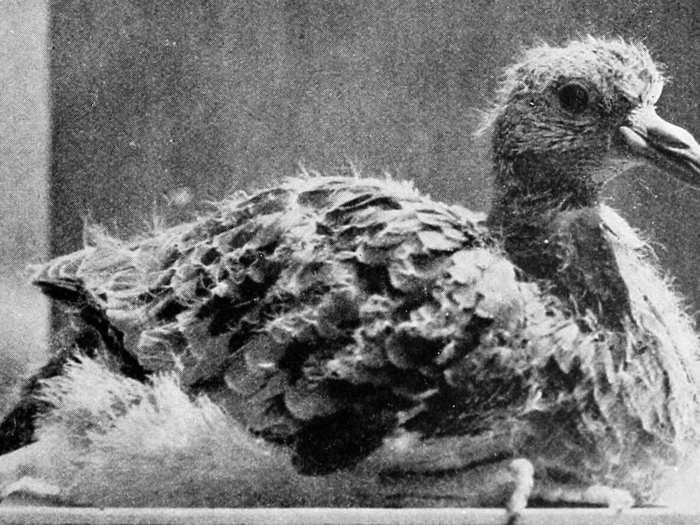
Their population likely peaked at 6 billion, and it's estimated that 25% to 40% of all birds in North America were passenger pigeons.
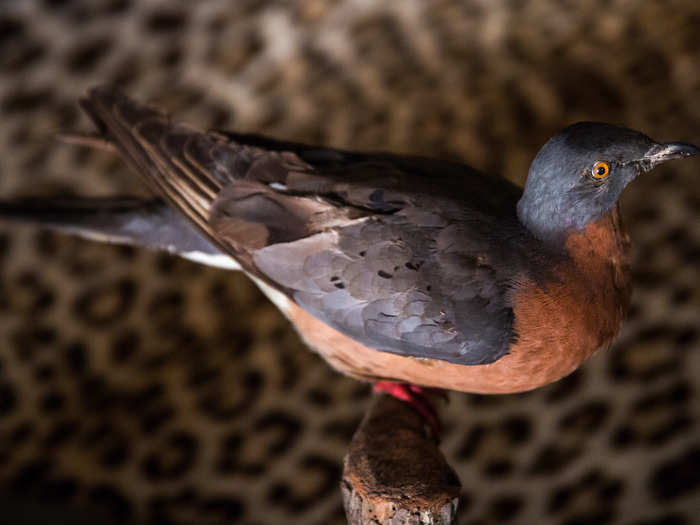
Source: "Once There Were Billions"
The beginning of the bird's end came with the introduction of the railroad and telegraph to the United States. Fast travel and communication allowed hunters to follow the swarms, and soon a booming commercial hunting industry was born.
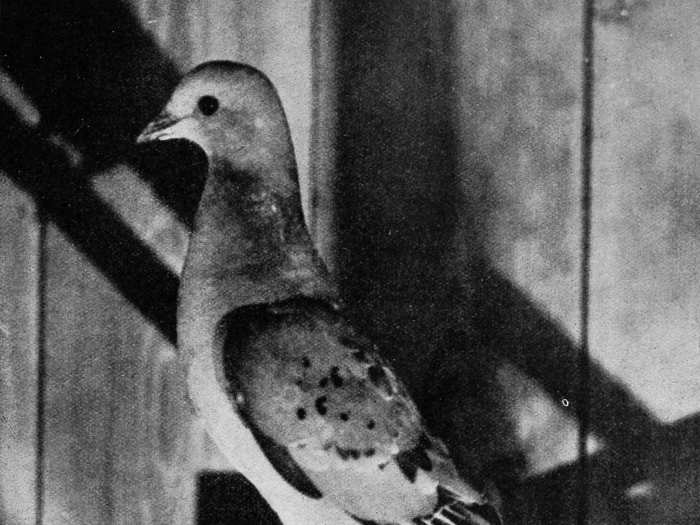
Source: Audubon
The passenger pigeon used a strange communal defense strategy to protect their numbers, called "predator satiation." They simply overwhelmed predators, who couldn't damage the overall strength of millions, before the flock moved on.
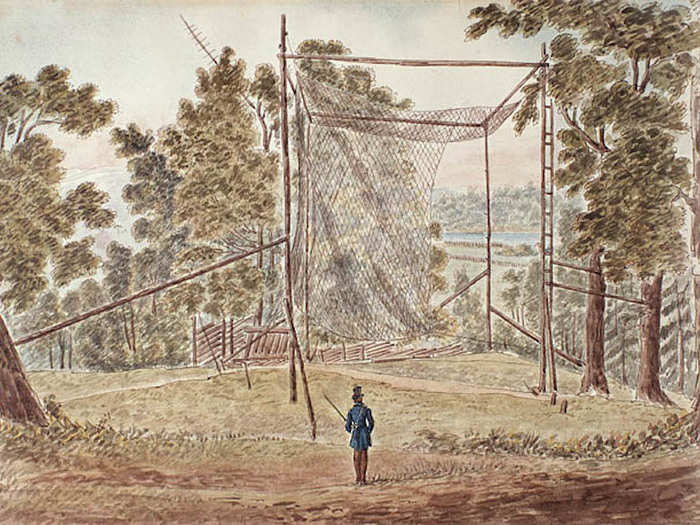
Source: Audubon
But this strategy did very little against commercial hunting parties. Passenger pigeons were some of the most social birds on the planet, and could be easily lured into nets en masse using decoy pigeons.
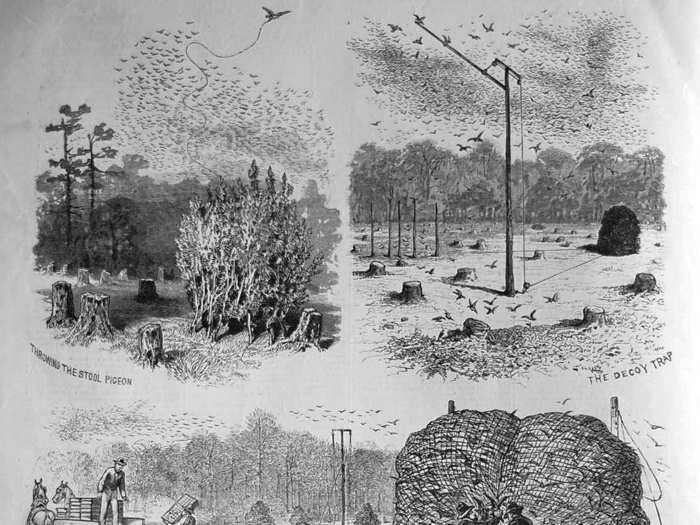
Over the course of the late 19th century, the species was completely decimated. Farmers viewed the birds as both pests (they could decimate entire fields of crops) and easy meat (just sticking a pole into a flock could kill a few pigeons).
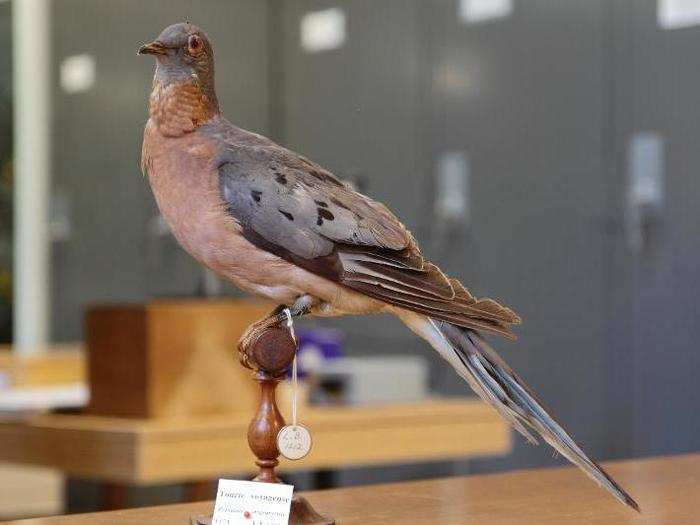
Source: Audubon
Others were smoked out of trees, fell victim to early versions of the newly invented machine gun, or were poisoned with whiskey soaked corn.
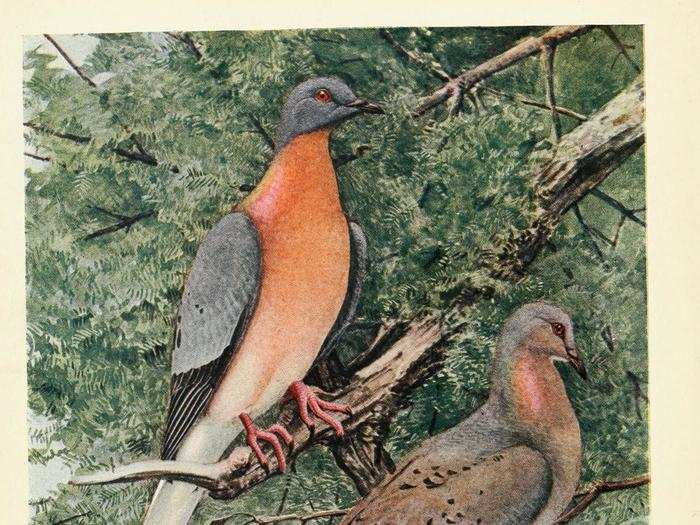
Source: Audubon
The last wild passenger pigeon, a female posthumously named "Buttons," was killed by accident in 1900. The boy who shot Buttons didn't realize she was a passenger pigeon, and he didn't claim responsibility until 70 years after the incident.
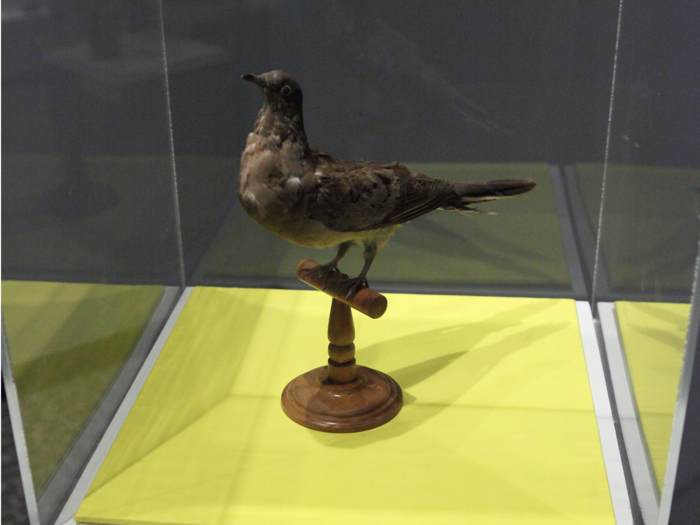
The last captive passenger pigeon was a female named Martha (pictured). She died on September 1, 1914 at the Cincinnati Zoo. She never succeeded in laying a fertile egg.
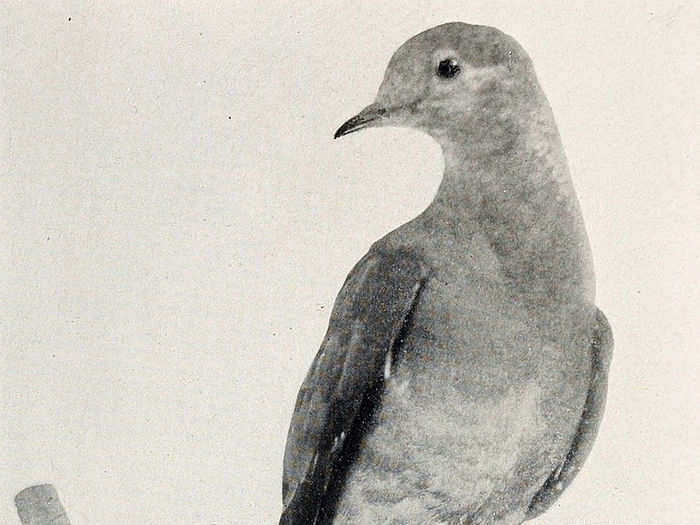
Source: Audubon
Researchers are now studying how to bring the passenger pigeon back. Only one animal cloned back from extinction — a Pyrenean ibex — has ever been born, but it died minutes later of lung defects.
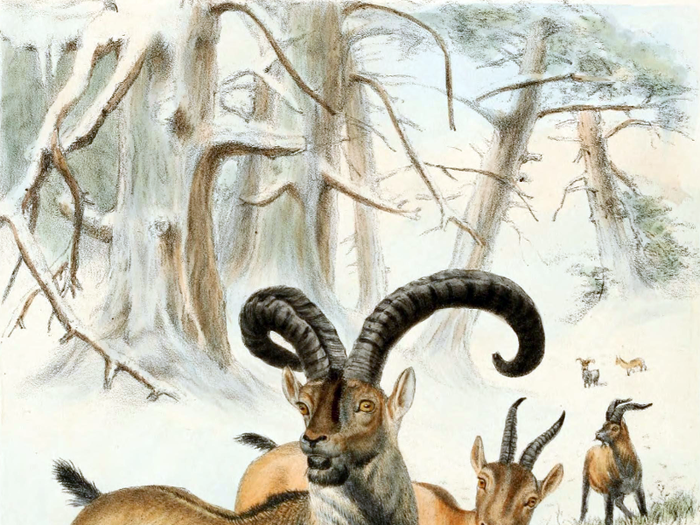
To bring back the passenger pigeon, researchers plan to sequence the genomes of both the extinct species and its closest relative, the band-tailed pigeon. Then the team can go gene-by-gene and to transform the band-tailed pigeon genome into that of its lost relative.
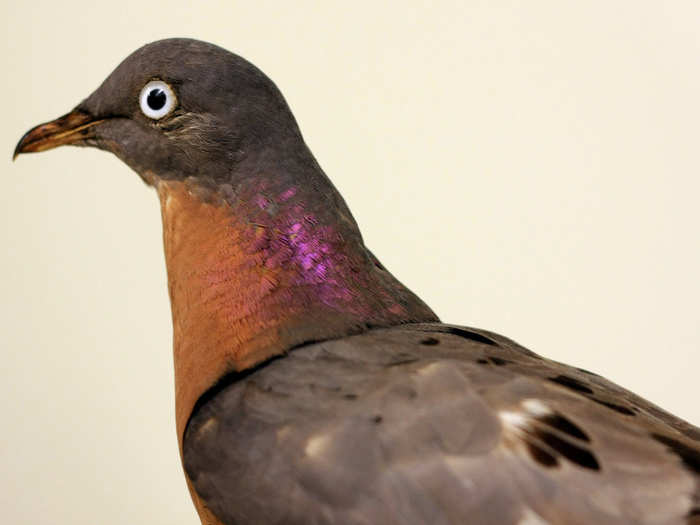
Source: The Long Now Foundation
Popular Right Now
Popular Keywords
Advertisement